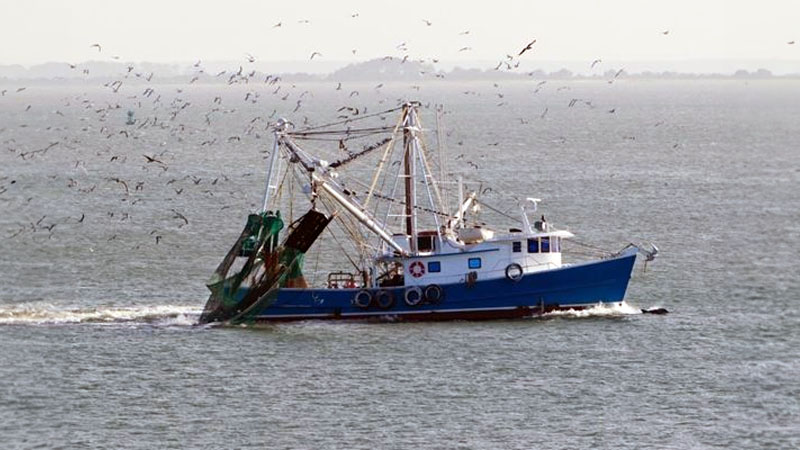Exclusive content

In the Netherlands, the North Sea shrimp market is facing unprecedented challenges due to a scarcity in supply. Traditionally, the season for North Sea shrimp runs from August to December. However, the year 2023 witnessed significantly reduced catch rates, leading to shortages that are now extending into the spring months. Several factors contribute to this predicament, including limitations on the number of Dutch boats able to sail out and restrictions on the hours that shrimp fishermen can operate.
Soaring Prices Reflect Supply-Demand Imbalance
As a consequence of the diminished supply, prices for North Sea shrimp have surged, nearing an eye-watering 100 euros per kilogram. This dramatic increase underscores the severity of the shortage and its impact on both suppliers and consumers alike.
Major supermarkets like Delhaize, Colruyt, Carrefour, and Aldi are feeling the pinch of the shrimp shortage. Delhaize, for instance, reports receiving only half the usual volume of North Sea shrimp, prompting adjustments such as reducing package sizes and implementing promotional halts until August. Despite a 60 percent spike in purchase prices, Delhaize assures customers that retail prices will not escalate proportionally.
Ripple Effects Across the Supply Chain
The ramifications of the North Sea shrimp shortage extend beyond retail shelves. Producers of shrimp-based products like croquettes and salads are encountering challenges in sourcing adequate supplies, with some facing the prospect of halting production altogether due to the scarcity of raw materials.
Retailers such as Colruyt and Carrefour acknowledge the severity of the supply issues and anticipate potential shortages in their stores. Meanwhile, Aldi confirms the dwindling availability of North Sea shrimp but assures customers that structural shortages are not imminent. The discount retailer pledges to closely monitor the situation and explore alternative sourcing options to mitigate the impact of the limited supply.